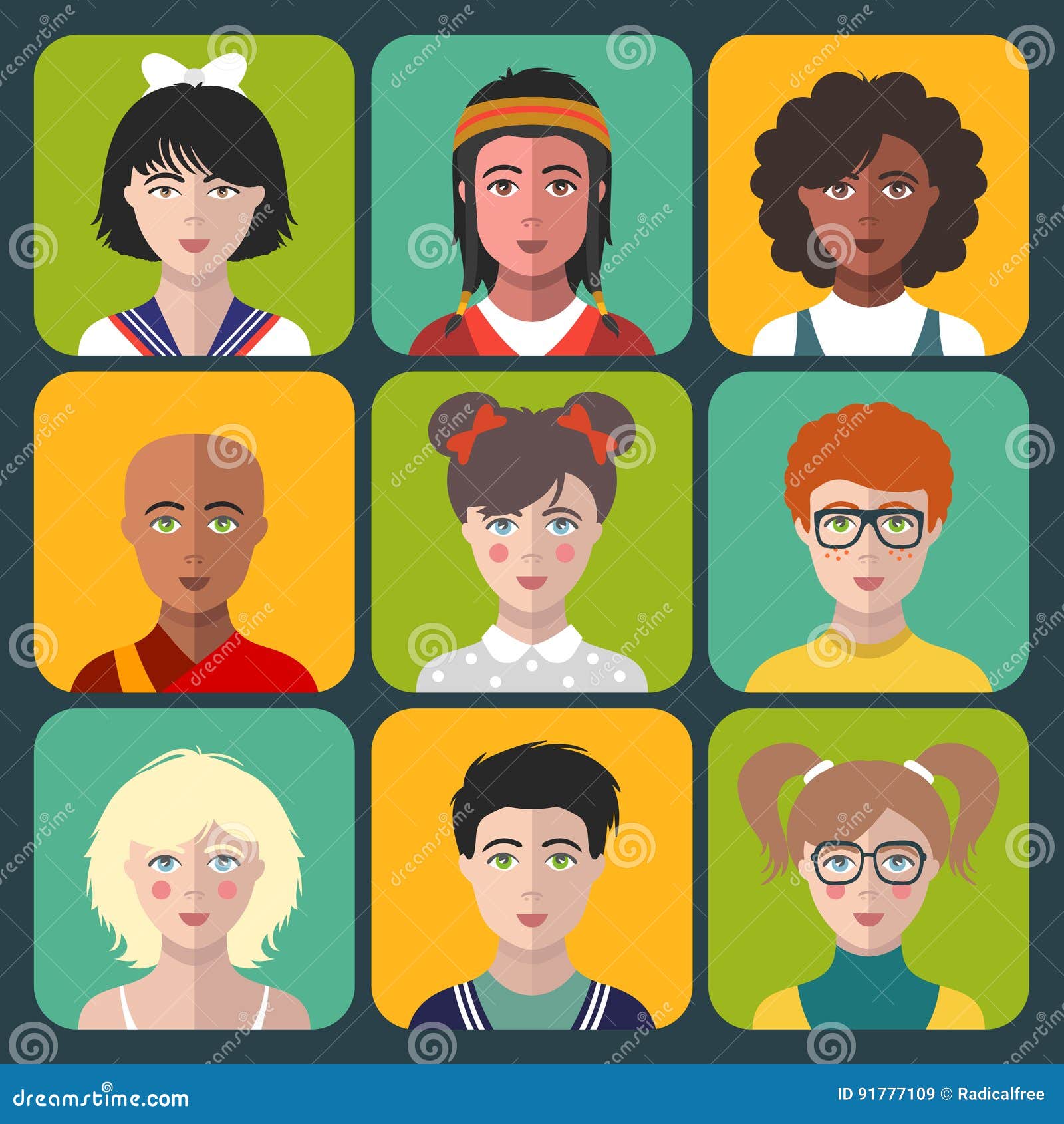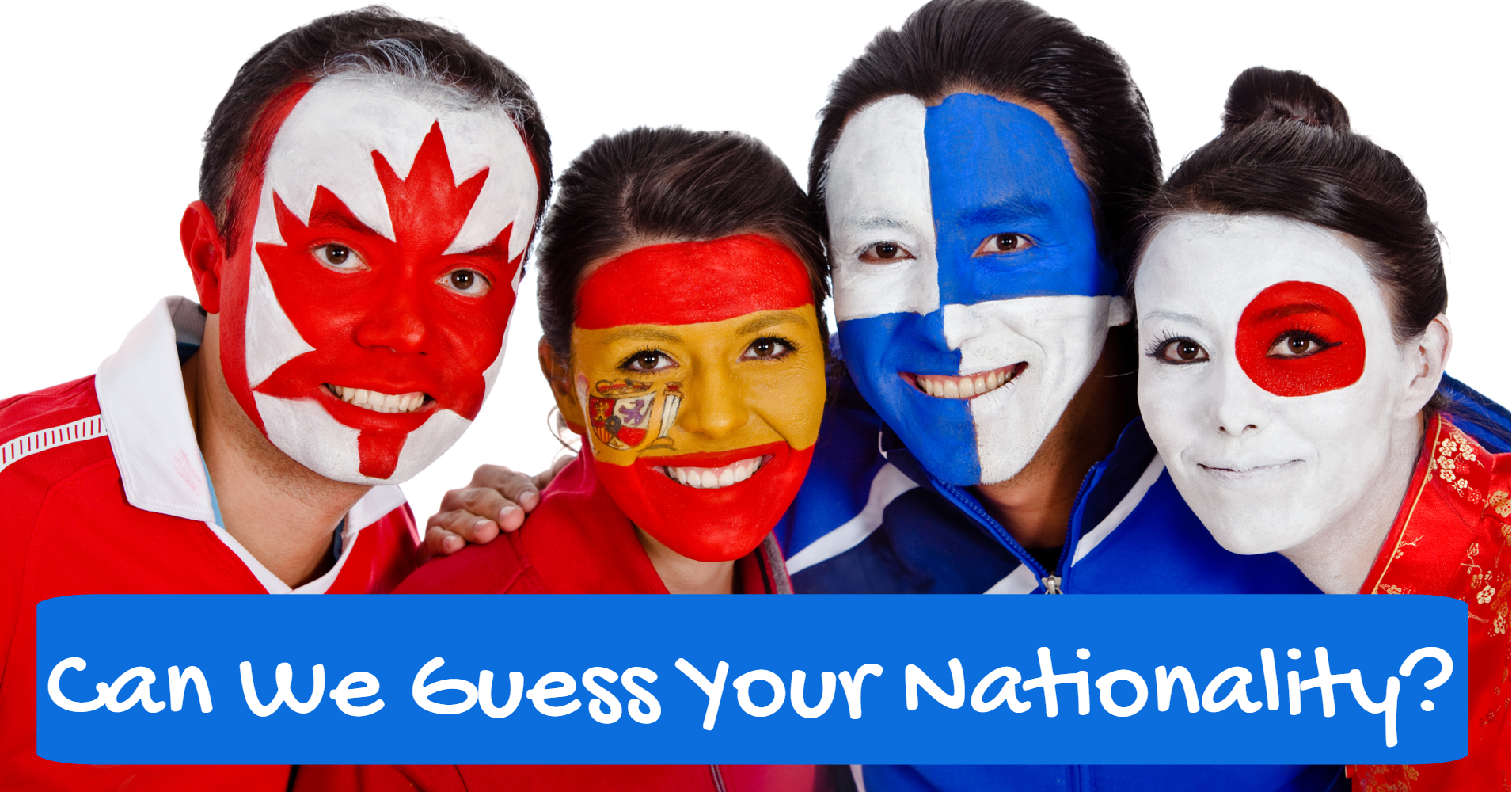Nationality By Face: Can Your Appearance Really Reveal Where You're From?
Have you ever wondered if your face could tell a story about your roots? Nationality by face is more than just a buzzword—it's an intriguing concept that blends technology, psychology, and cultural identity. In today's digital age, facial recognition isn't just about unlocking your phone or tagging photos on social media. It's evolving into a powerful tool that claims to identify someone's nationality based purely on their facial features. But how accurate is this, and what does it mean for privacy and identity?
Picture this: you walk into a room, and within seconds, a system analyzes your face, determines your nationality, and predicts where you're from. Sounds like something out of a sci-fi movie, right? Well, it's closer to reality than you might think. The concept of nationality by face has sparked debates worldwide, raising questions about accuracy, ethics, and the boundaries of technology.
As we dive deeper into this topic, we'll explore the science behind facial recognition, its applications, and the controversies surrounding it. Whether you're curious about how technology interprets identity or concerned about the implications, this article has got you covered. So, grab a coffee, sit back, and let's unravel the mysteries of nationality by face!
Read also:Temporary Replacement Ep 3 Hyung Your Ultimate Guide To Navigating This Trend
Table of Contents
- Introduction to Nationality by Face
- The Technology Behind Nationality Recognition
- How Accurate Is Nationality by Face?
- Real-World Applications of Nationality Recognition
- Ethical Concerns and Privacy Issues
- Psychology of Facial Perception
- Cultural Implications and Identity
- The Future of Nationality by Face
- Alternatives to Facial Recognition
- Final Thoughts on Nationality by Face
Introduction to Nationality by Face
So, what exactly is nationality by face? Simply put, it's the process of determining someone's nationality or ethnic background based on their facial features. This concept leverages advanced algorithms and machine learning to analyze patterns, shapes, and textures on a person's face. But how did we get here, and why does it matter?
Facial recognition technology has been around for decades, but recent advancements have taken it to new heights. What started as a tool for security and convenience is now being used to explore deeper questions about identity. From border control to marketing, the applications are vast, but so are the challenges.
Why Nationality by Face Matters
Think about it: in a world where globalization is the norm, understanding someone's background can be crucial. Whether it's for cultural sensitivity or business strategy, knowing where someone comes from can make a big difference. But with great power comes great responsibility, and that's where the debate begins.
The Technology Behind Nationality Recognition
Alright, let's get technical for a moment. How does nationality by face actually work? It all starts with data—lots and lots of data. Facial recognition systems rely on massive datasets that include images of people from different ethnicities and nationalities. These systems then use algorithms to identify patterns and create models that can predict someone's background.
Here's a quick breakdown of the process:
- Data Collection: Gathering images from diverse populations.
- Feature Extraction: Identifying key facial features like nose shape, eye distance, and jawline.
- Model Training: Teaching the system to recognize patterns associated with specific nationalities.
- Prediction: Using the trained model to analyze new faces and predict their nationality.
Challenges in Developing Accurate Models
Creating a reliable system isn't as simple as it sounds. One of the biggest challenges is ensuring that the dataset is representative of all ethnicities and nationalities. Bias in data can lead to inaccurate predictions, which is why researchers are constantly working to improve the technology.
Read also:Hyungry Temporary Replacement 3 Video The Ultimate Guide For Fans
How Accurate Is Nationality by Face?
Now, here's the million-dollar question: how accurate is nationality by face? The answer isn't straightforward. While some systems claim high accuracy rates, the reality is that there are many factors that can affect the results. Lighting, angles, and even facial expressions can influence the outcome.
Studies have shown that facial recognition systems tend to perform better with certain ethnic groups, leading to concerns about bias. For example, a study by MIT found that some commercial systems had higher error rates for darker-skinned individuals. This highlights the importance of continuous improvement and transparency in the development process.
Real-World Applications of Nationality Recognition
So, where is nationality by face being used in the real world? The applications are diverse, ranging from security to marketing. Here are a few examples:
- Border Control: Identifying travelers' nationalities to enhance security measures.
- Marketing: Tailoring advertisements to specific cultural groups based on facial analysis.
- Healthcare: Using facial recognition to predict genetic predispositions to certain diseases.
- Education: Customizing learning experiences based on cultural background.
Success Stories and Limitations
While there have been some impressive success stories, there are also limitations to consider. For instance, relying solely on facial recognition for nationality determination can lead to errors, especially in cases where someone has mixed heritage. That's why it's important to use this technology as one of many tools, rather than the sole source of information.
Ethical Concerns and Privacy Issues
Let's talk about the elephant in the room: ethics and privacy. The use of nationality by face raises serious concerns about how personal data is collected, stored, and used. Who owns your face, and how much control do you have over how it's analyzed?
Privacy advocates argue that facial recognition technology can be invasive, especially when used without consent. There's also the risk of misuse, such as profiling or discrimination based on nationality. To address these concerns, many organizations are calling for stricter regulations and transparency in how the technology is developed and deployed.
What Can Be Done?
So, what can we do to ensure that nationality by face is used responsibly? Here are a few suggestions:
- Implement robust data protection policies.
- Encourage transparency in algorithm development.
- Involve diverse stakeholders in decision-making processes.
- Provide users with clear information about how their data is used.
Psychology of Facial Perception
Now, let's shift gears and explore the psychology behind facial perception. How do we naturally perceive someone's nationality based on their face? Research shows that humans are wired to recognize patterns and make assumptions based on visual cues. This instinctive ability has evolved over thousands of years, but it's not always accurate.
Studies have found that people tend to rely on stereotypes when guessing someone's nationality. For example, someone with Asian features might automatically be assumed to be Chinese, even if they're from another Asian country. This highlights the importance of education and awareness in breaking down these biases.
Breaking Down Stereotypes
So, how can we move beyond stereotypes and embrace a more nuanced understanding of nationality? Education plays a key role. By learning about different cultures and their unique characteristics, we can develop a more informed perspective. Technology can also help by providing tools that challenge our assumptions and encourage us to think critically.
Cultural Implications and Identity
Nationality by face isn't just about technology—it's also about culture and identity. How we perceive ourselves and others is deeply tied to our cultural backgrounds. For many people, nationality is an important part of their identity, and being accurately recognized can be empowering.
However, there's also the risk of oversimplification. Reducing someone's identity to their facial features can be reductive and even offensive. That's why it's crucial to approach this topic with sensitivity and respect for individual differences.
Embracing Diversity
So, how can we celebrate diversity while using technology responsibly? By fostering inclusivity and encouraging open dialogue. Whether it's through community initiatives or policy changes, there are many ways to promote understanding and respect for all cultures.
The Future of Nationality by Face
Looking ahead, what does the future hold for nationality by face? As technology continues to evolve, we can expect to see even more advanced systems that are faster, more accurate, and more ethical. However, the key to success lies in balancing innovation with responsibility.
Researchers are already exploring new ways to improve facial recognition technology, such as incorporating emotional intelligence and contextual awareness. These advancements could lead to more personalized and meaningful interactions, both online and offline.
Predictions for the Next Decade
Here are a few predictions for the next decade:
- Increased accuracy and reliability of nationality recognition systems.
- Stricter regulations to protect user privacy and prevent misuse.
- Greater emphasis on inclusivity and diversity in algorithm development.
- Integration of facial recognition with other technologies for enhanced experiences.
Alternatives to Facial Recognition
While nationality by face is a fascinating concept, it's not the only way to determine someone's background. There are other methods that can provide valuable insights without relying solely on facial features. For example:
- Genetic Testing: Analyzing DNA to determine ancestry and ethnic background.
- Language Analysis: Studying speech patterns and accents to identify cultural origins.
- Cultural Questionnaires: Using surveys to gather information about someone's background and experiences.
Why Diversify Your Approach?
Using multiple methods can lead to a more comprehensive understanding of someone's identity. It also reduces the risk of errors and biases that can occur when relying on a single source of information. Plus, it shows respect for the complexity and richness of human diversity.
Final Thoughts on Nationality by Face
So, there you have it—a deep dive into the world of nationality by face. From the technology behind it to the ethical concerns and cultural implications, this topic is as complex as it is fascinating. While there are certainly challenges to overcome, there's no denying the potential benefits of this technology when used responsibly.
As we move forward, it's up to all of us to ensure that nationality by face is developed and deployed in a way that respects privacy, promotes inclusivity, and enhances our understanding of each other. So, the next time you see someone, take a moment to appreciate the story their face might tell—but remember that there's always more to the story than meets the eye.
Got thoughts or questions? Drop a comment below and let's keep the conversation going. And don't forget to share this article with your friends and family—knowledge is power, and together, we can shape a better future!


